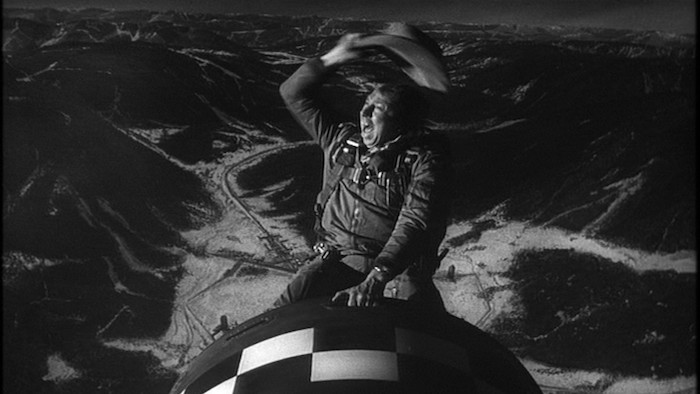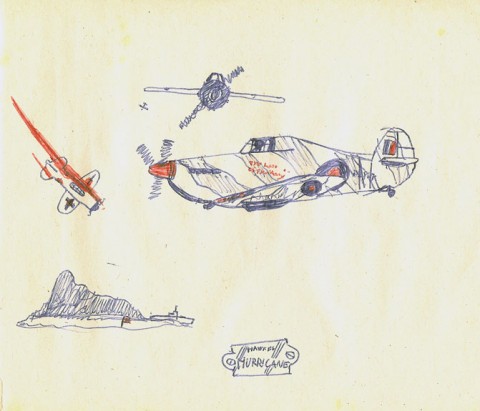US AF
What could be more American than football, cheerleaders, and country music? According to Hank Williams Jr in 1989 [edit: more like 1996 — thanks, Robert Farley], only football, cheerleaders, country music, and air strikes on US national monuments (which magically transform them into symbols associated with football):


